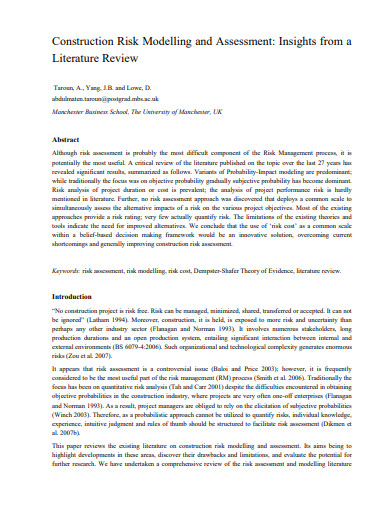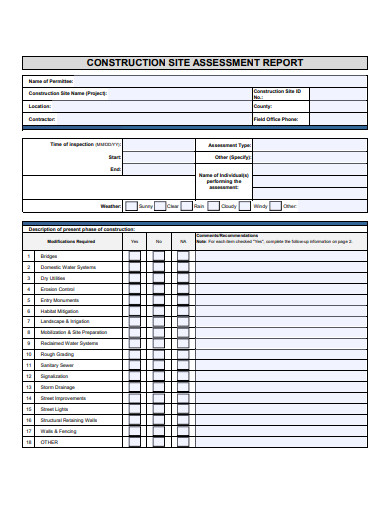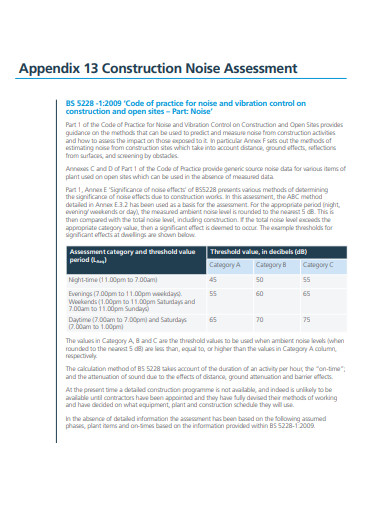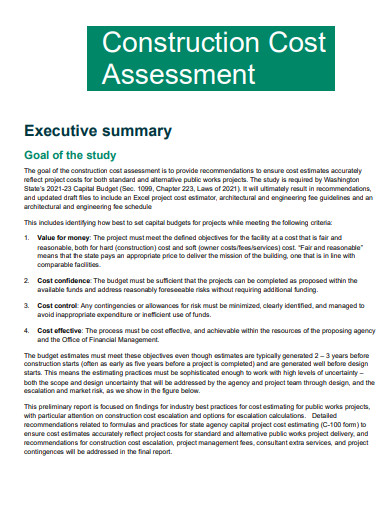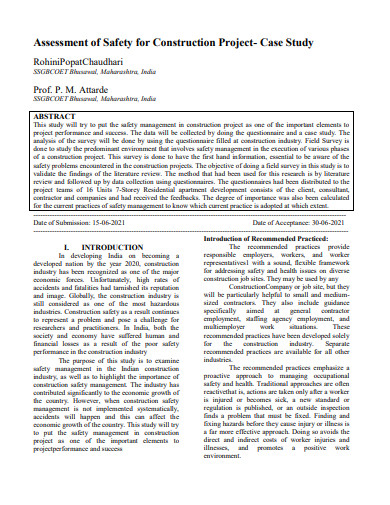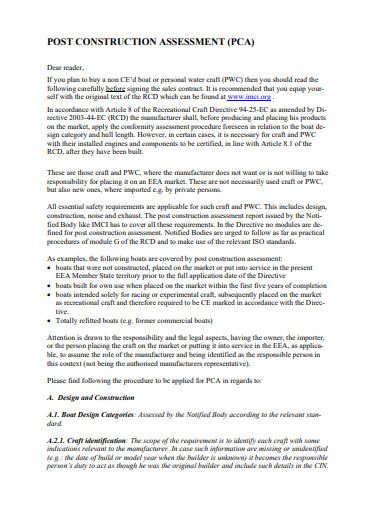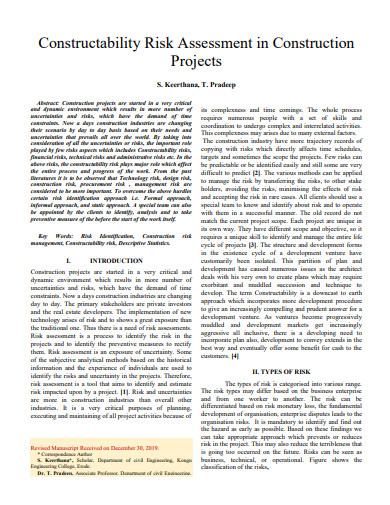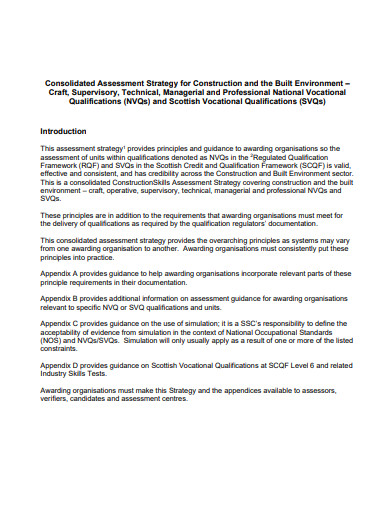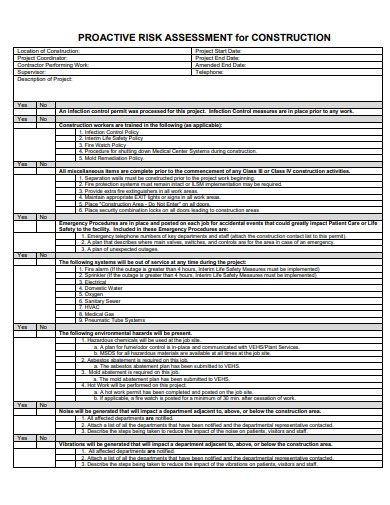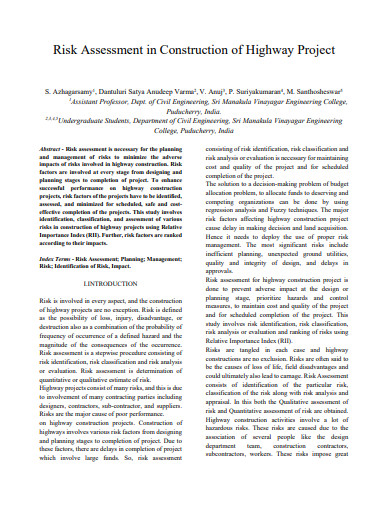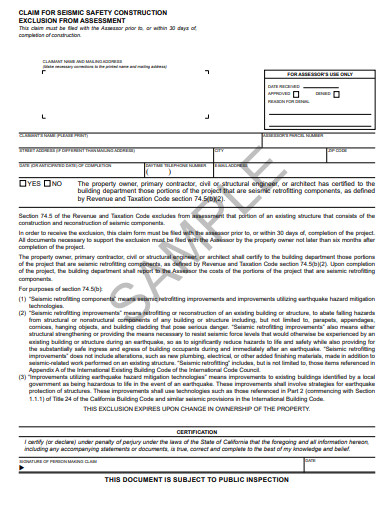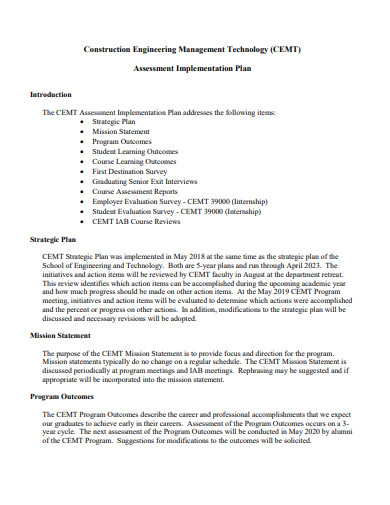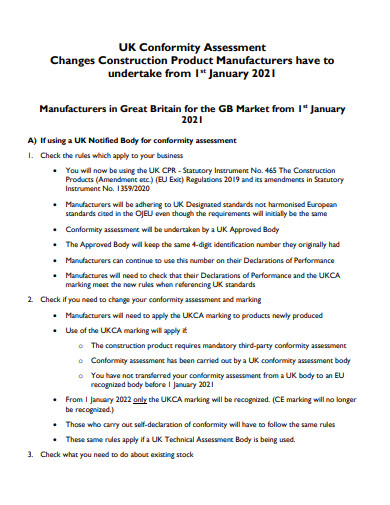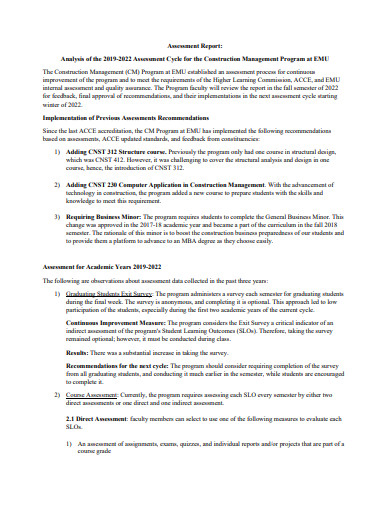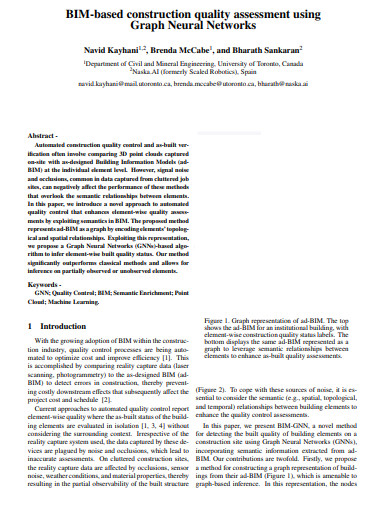Crafting the ideal construction project begins with meticulous planning and assessment. We’ve revolutionized this process. Our Construction Assessment samples are not just tools; they’re game changers. Designed to capture every nuance of your project, from foundational metrics to the finest design details, they simplify complexities. For architects, construction firms, and anyone passionate about structured evaluations, our samples provide an unparalleled blend of clarity and comprehensiveness. Delve into our library, and redefine the way you assess construction projects.
FREE 33+ Construction Assessment Samples
1. Construction Assessment Template Bundle
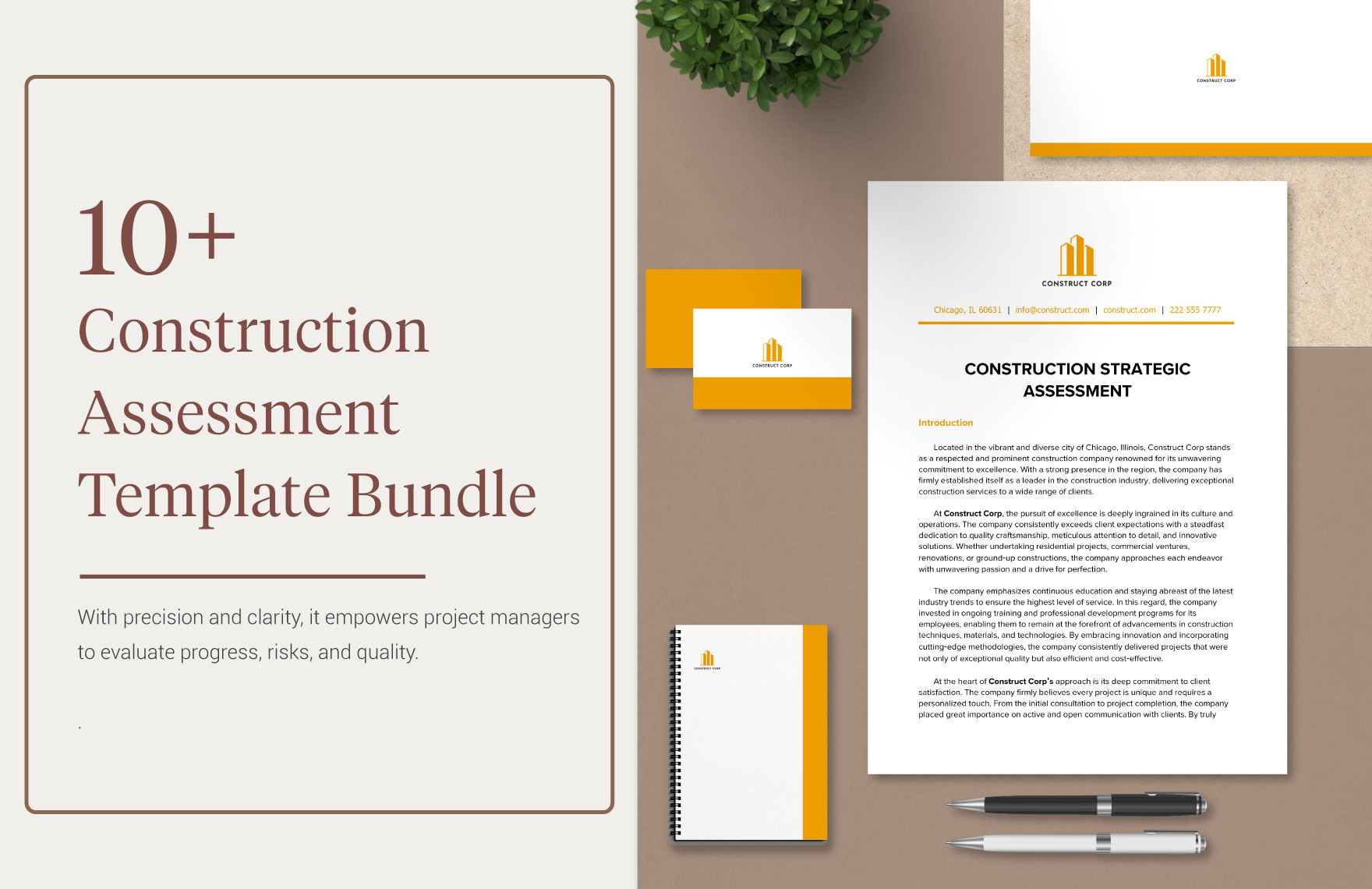
2. Construction Projection Assessment Template

3. Pre-Construction Risk Assessment Checklist Template
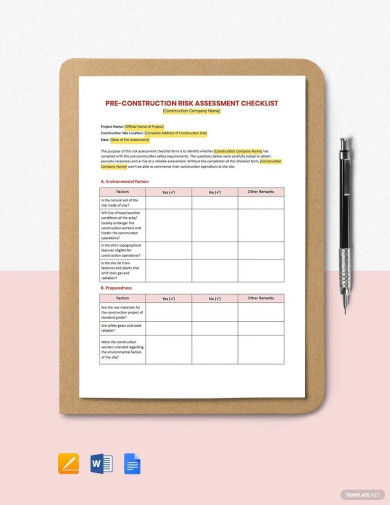
4. Construction Organizational Assessment Template
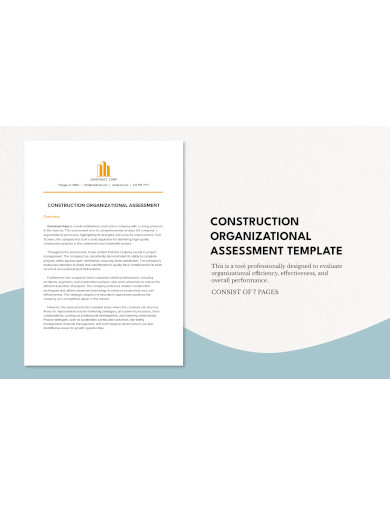
5. Construction Risk Assessment Template
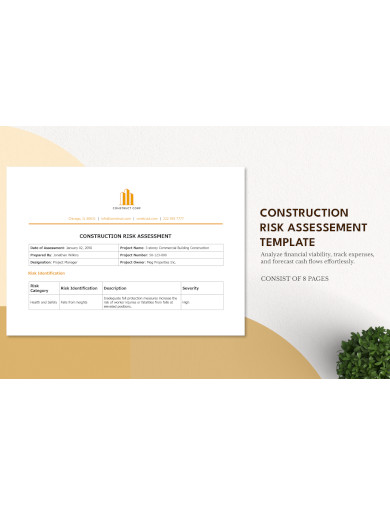
6. Construction Risk Modelling and Assessment Template
7. Construction Assessment Procedures Template
8. Construction Site Assessment Report Template
9. Construction Noise Assessment Template
10. Construction Cost Assessment Template
What is a Construction Assessment?
A construction assessment, at its core, is a rigorous evaluation of various facets of a construction project. It delves into the nitty-gritty of planning, designing, implementation, and even post-completion phases to ensure the highest standards of quality, safety, and efficiency are met. Whether you’re inspecting an old structure for potential flaws or monitoring a new one for regulatory compliance, this assessment acts as a crucial compass to guide your way.
Understanding the Purpose
A construction assessment serves multiple purposes. Primarily, it ensures that the constructed entity, whether a building, a bridge, or any other infrastructure, meets the safety standards set by local, national, or international bodies. This not only includes the structural integrity of the project but also factors like environmental considerations, accessibility, and even aesthetic appeal in some cases.
Scope of Assessment
The breadth of a construction assessment can vary considerably. It can range from visual inspections of the site, scrutinizing construction materials, and methods, to detailed analyses using cutting-edge technology such as ground-penetrating radar or ultrasonic testing. The aim is to unearth any possible anomalies, inefficiencies, or safety hazards that might undermine the project’s long-term sustainability and functionality.
Benefits and Implications
Beyond ensuring compliance and safety, a thorough construction assessment can also save substantial time and money in the long run. Identifying and rectifying potential issues at an early stage can prevent costly reparations or replacements in the future. Furthermore, it plays a pivotal role in fostering trust among stakeholders, from investors and clients to the eventual end-users of the constructed entity.
How do you write a Construction Assessment?
Drafting a construction assessment isn’t just about jotting down observations. It requires a structured approach, a keen eye for detail, and often, expertise in various construction domains. Here’s a roadmap to penning a comprehensive and actionable construction assessment.
Preliminary Research and Information Gathering
Before stepping onto the construction site, arm yourself with as much information as possible. Familiarize yourself with the project’s blueprints, specifications, and any previously recorded assessments. This offers a clear picture of the expected outcomes and allows for more accurate comparisons when on-site.
Systematic Site Inspection
Once on-site, follow a systematic approach. Start with a general walk-through to gain an understanding of the overall project’s status. Gradually delve into specific areas, ensuring each section is inspected thoroughly. Look for inconsistencies in construction methods, substandard materials, or any deviations from the initial blueprints.
Use of Technological Aids
In today’s digital age, there’s a plethora of technological tools at your disposal. From drones capturing aerial views of the construction site to software that can compare real-time progress with project blueprints, leveraging technology can significantly enhance the accuracy of your assessment.
Documenting Observations
While inspecting, maintain a detailed log of all observations. Whether they’re inconsistencies, potential safety hazards, or areas where commendable work has been done, nothing should be left out. Using a combination of descriptive prose, images, and even videos can provide a multifaceted view of the site’s current status.
Recommendations and Conclusions
After gathering all the data, it’s essential to analyze it and draw actionable insights. Highlight areas that require immediate attention, suggest possible remediation methods, and commend sections that adhere to or surpass the set standards. Your conclusions should provide a clear roadmap for the next steps, ensuring the construction project stays on course to achieve its goals while adhering to the highest standards of quality and safety.
11. Construction Project Assessment of Safety Template
12. Post Construction Assessment Template
13. Construction Projects Risk Assessment Template
14. Construction Assessment in PDF
15. Device Construction Assessment Template
16. Proactive Risk Construction Assessment Template
17. Construction of Highway Project Risk Assessment Template
18. Sample Construction Assessment Template
19. Construction Engineering Management Technology Assessment Template
20. Construction Product Manufacturers Assessment Template
21. Construction Management Program Assessment Report Template
22. Construction Building Projects Risk Assessment Template
23. Construction Quality Assessment Template
What is included in a Construction Risk Assessment?
A construction risk assessment is an integral part of any construction project. It involves identifying, analyzing, and addressing potential risks that could adversely impact the project’s objectives, be it in terms of time, cost, quality, or safety. A comprehensive risk assessment provides a clear picture of vulnerabilities and sets the foundation for effective risk management.
Types of Risks Assessed
There are various types of risks in construction projects, and it’s crucial to understand each to address them adequately:
Physical Risks: These relate to tangible hazards like worker injuries, equipment malfunctions, or structural failures.
Operational Risks: These risks pertain to processes and operations, such as procurement delays or construction method inefficiencies.
Financial Risks: Factors like budget overruns, economic downturns, or fluctuating material prices fall into this category.
Environmental Risks: These encompass potential impacts on the environment, including disruptions to local ecosystems or non-compliance with environmental regulations.
Regulatory and Compliance Risks: These arise from potential legal violations, from labor laws to building codes.
Risk Severity and Likelihood
Every identified risk is then assessed based on its potential severity and the likelihood of its occurrence. This helps prioritize which risks need immediate attention and which can be monitored over time.
Potential Impact and Consequences
Beyond just recognizing risks, a construction risk assessment also delves deep into the potential repercussions of each risk. This includes both immediate consequences, such as cost overruns, and long-term implications, like reputational damage or future legal liabilities.
How to Conduct a Construction Risk Assessment in 5 Steps
Executing a construction risk assessment is pivotal for project success. Here’s a step-by-step guide to conducting one efficiently:
Initiate and Define Scope
Start by understanding the scope of your risk assessment. Are you assessing risks for the entire project or just a particular phase? Knowing the boundaries of your assessment allows for focused and relevant analysis.
Identify Potential Risks
Through brainstorming sessions, expert interviews, and historical data review, list down all possible risks associated with the project. Engage a diverse team, from engineers to legal advisors, to ensure comprehensive risk identification.
Analyze and Prioritize Risks
For each identified risk, determine its likelihood and potential impact. Tools like risk matrixes can be beneficial here. By understanding both these facets, you can prioritize risks, focusing on those that could have the most significant adverse effects.
Develop Mitigation Strategies
For high-priority risks, devise strategies to either eliminate, reduce, or manage the risk. This could range from altering construction methods to taking out insurance policies. Each strategy should be feasible, practical, and aligned with the project’s objectives.
Review and Monitor
Risk landscapes are not static; they evolve as the project progresses. Regularly review and update your risk assessment, ensuring new risks are identified and addressed, and old risks are monitored. By maintaining a dynamic risk assessment, you stay ahead of potential challenges, ensuring smooth project execution.
In the intricate world of construction, an effective assessment is paramount. By understanding the multifaceted nature of Construction Assessment and applying systematic methods, one can ensure projects not only meet set standards but also surpass expectations. With the right tools and approach, such assessments pave the way for safer, more efficient, and truly remarkable construction endeavors.
Related Posts
FREE 10+ Joint Assessment Samples [ Strategic, Risk, Needs ]
FREE 10+ Teleworker Self-Assessment Samples in PDF | DOC
FREE 10+ Market Assessment Samples in PDF | MS Word
FREE 10+ Quality Risk Assessment Samples [ Control, Assurance, Management ]
FREE 10+ Qualitative Risk Assessment Samples in PDF | DOC
FREE 10+ Comprehensive Needs Assessment Samples in PDF
FREE 10+ Evaluation Quality Assessment Samples [ Self, Loss, Data ]
FREE 10+ Promotion Assessment Samples [ Health, Self, Employee ]
FREE 10+ Environmental Impact Assessment Samples in PDF | DOC
FREE 10+ Employee Competency Assessment Samples in PDF | DOC
FREE 10+ Safety Assessment Samples [ Home, Health, Risk ]
FREE 10+ Change Impact Assessment Samples [ Management, Control, Request ]
FREE 10+ Qualitative Assessment Samples in PDF | DOC
FREE 10+ Staff Assessment Samples [ Workplace, Health, Risk ]
FREE 10+ Vulnerability Assessment Samples [ Security, Network, Risk ]

